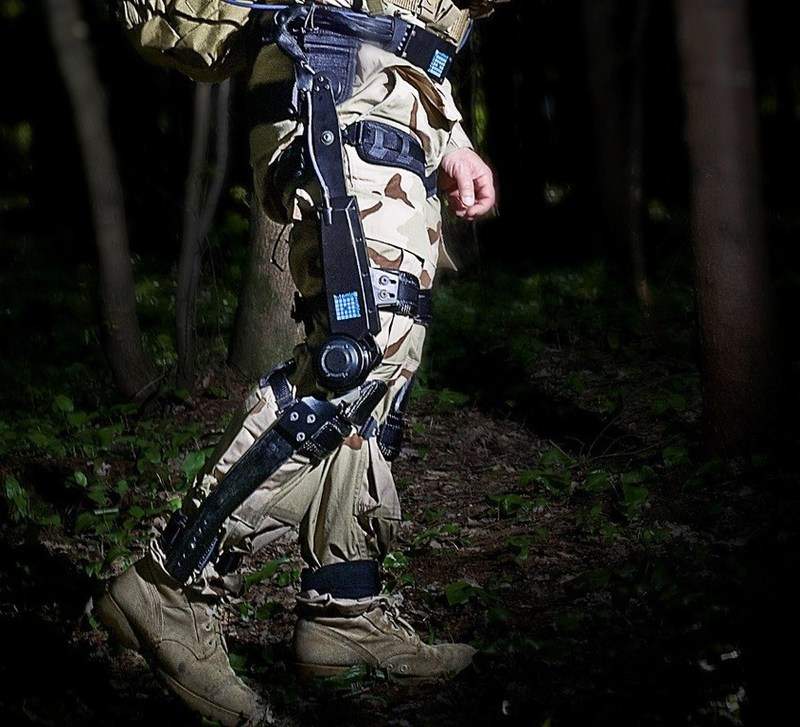

Lockheed Martin has developed a new exoskeleton that helps soldiers carry heavy equipment packs, by reducing the overstress on the lower back and legs.
The new FORTIS Knee Stress Release Device (K-SRD) employs B-Temia's Dermoskeleton bionic augmentation technology and is said to increase mobility and load-carrying capabilities of users.

Discover B2B Marketing That Performs
Combine business intelligence and editorial excellence to reach engaged professionals across 36 leading media platforms.
Lockheed Martin has licensed Dermoskeleton bionic augmentation technology from B-Temia in April.
The Dermoskeleton uses high-end sensors and advanced artificial intelligence proprietary software to sense the user’s mobility intentions and generate synchronised movements at the motorised knees.
The computer-controlled exoskeleton is designed to increase leg capacity for physically demanding tasks that require repetitive or continuous kneeling or squatting, lifting, dragging, carrying or climbing with heavy loads, Lockheed stated.
Lockheed Martin Missiles and Fire Control FORTIS programme manager Keith Maxwell said: "FORTIS K-SRD features military-specification batteries that are approved for infantry use, improved control box ergonomics and faster actuators that generate more torque.

US Tariffs are shifting - will you react or anticipate?
Don’t let policy changes catch you off guard. Stay proactive with real-time data and expert analysis.
By GlobalData"These system upgrades resulted from soldier feedback on the initial design."
The K-SRD's sensors report soldier's speed, direction and angle of movement to an onboard computer that drives electro-mechanical actuators at the knees.
This exoskeleton is said to deliver proper torque at the right time to assist knee flex and extension.
Maxwell added: "For any mission that combines heavy man-portable gear and climbing, FORTIS K-SRD can enhance strength and endurance.”
According to the company, FORTIS K-SRD can reduce the energy needed to cross terrain, squat or kneel.
The exoskeleton is also available for industrial workers and first responders who have to perform strenuous tasks in difficult environments.
Image: FORTIS K-SRD helps soldiers climb and walk carrying heavy mission equipment loads by supporting the legs and boosting knee capacity. Photo: courtesy of Lockheed Martin.





